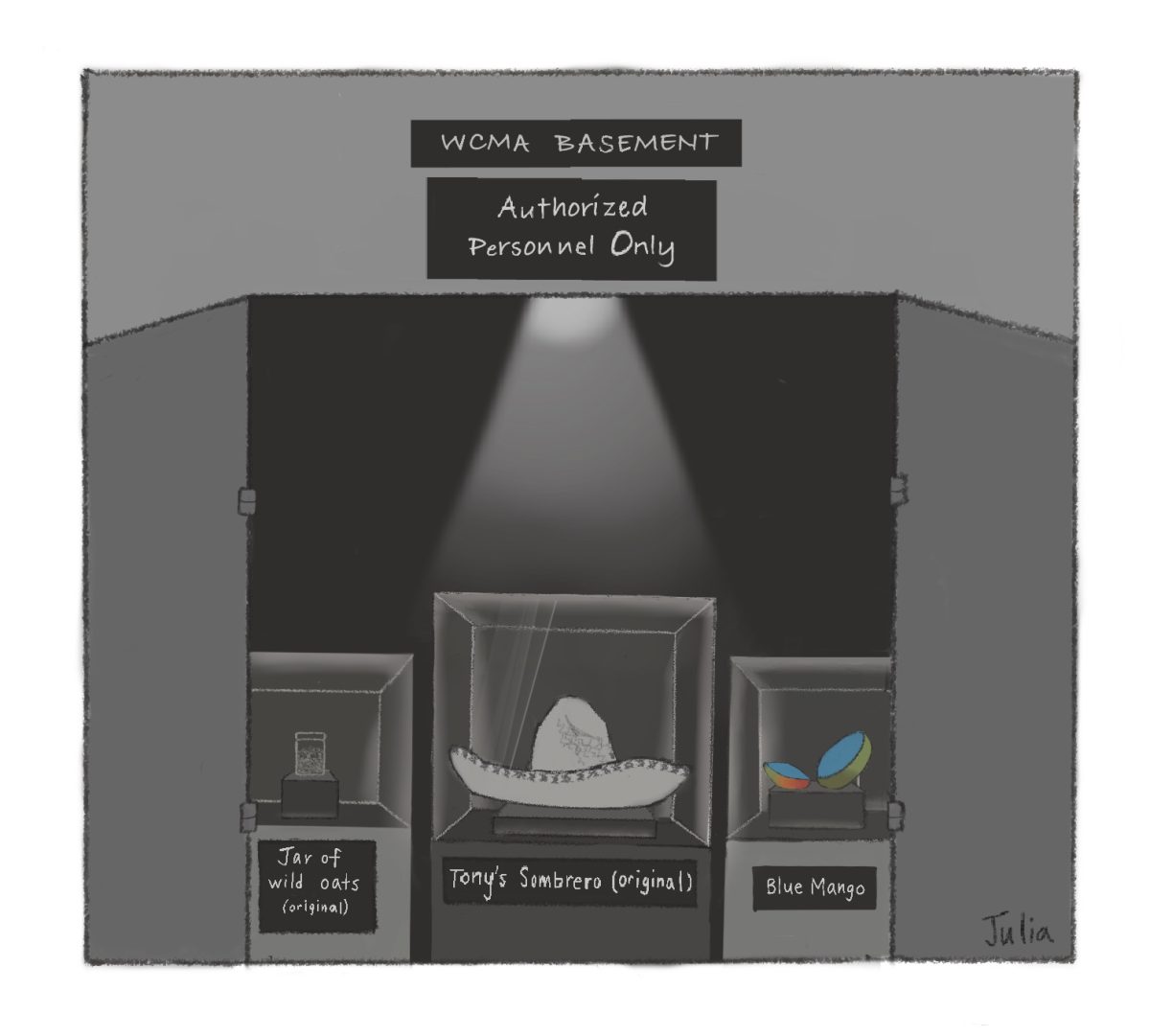It’s that time of year again! Upon entering the grocery store, you are greeted with an onslaught of boxed Godiva, bundled red roses and an astonishing amount of pink and red. Many of us, even some hopeless romantics, find themselves hating the upcoming day – be it a recent breakup, a mood of forever alone-ness, a dreading feeling that your significant other is only doing something out of obligation or something else entirely, there are always endless cliched reasons to hate Valentine’s Day. Considering this, I did a little more digging and learned that even absent of all these qualms, Valentine’s Day is actually bad for the environment and for the economy.
Around this time of year, red roses become extremely popular and commonly purchased. Because these roses are generally grown in warmer climates, many of them are transported to the United States from South Africa. We fly millions upon millions of red roses and use fossil fuel for refrigeration tanks to preserve them. Sound like a waste yet? It gets worse. Red roses themselves emit carbon dioxide, and around Valentine’s Day, the high quantity of them causes 9000 metric tons of this carbon dioxide to be emitted. That’s 19,842,000 pounds, or the equivalent of 8,928,900 liters of water. As if this weren’t enough, the cultivation of these flowers requires agrochemicals such as pesticide and fertilizer, causing human health hazards and contributing to water pollution.
Additionally, consumers that buy into Valentine’s Day actually spend an astronomical amount on semi-absurd things. Last year, the average consumer spent $143.56 on the holiday. This year, the National Retail Federation expects Valentine’s Day to rake in $20.7 billion. The more that people buy into the commercialism of the holiday, the more producers can get away with racking up prices, causing average prices to skyrocket and making simple gifts (i.e. a dozen roses) cost around $75. This can be seen by looking at the trend of spending in the last five years alone – each year, the amount of total money spent increases by hundreds of millions. People actually spend money on buying Valentine’s Day gifts for their pets, giving even the pet store industry a boost in demand for the short period of time leading up to the day. In general, we could look at this as great for the economy and for industries, but not so great for consumers when all those prices get racked up… So make of that what you will.
In general, wouldn’t we just be better off without Valentine’s Day? Why not just celebrate your friends, family and significant others whenever you want, when the chocolate is cheaper and you’re less likely to have to drop one hundred dollars on the whole ordeal? You could celebrate the love, happiness and observances of Valentine’s Day on literally any other day of the year, and to make this prospect even better, you don’t have to share whatever day you choose with anyone else because it’s not a national holiday. It can be as potentially cliche as you want because if it was done on any day that wasn’t Valentine’s Day, it wouldn’t be cliche. If anything, don’t buy chocolates until the day after, when they’re about 75 percent cheaper.
Aliya Klein ’22 is from Potomac, Md.






